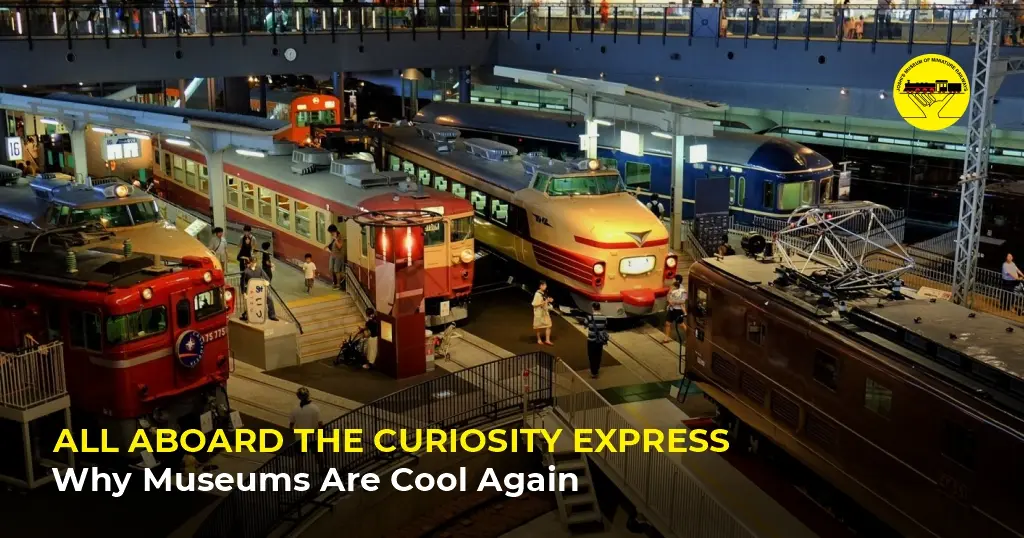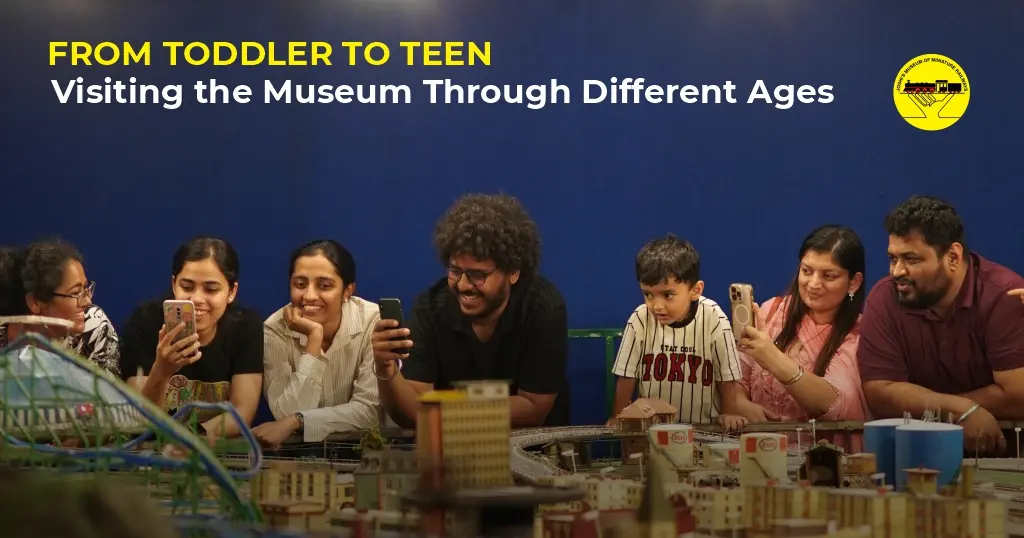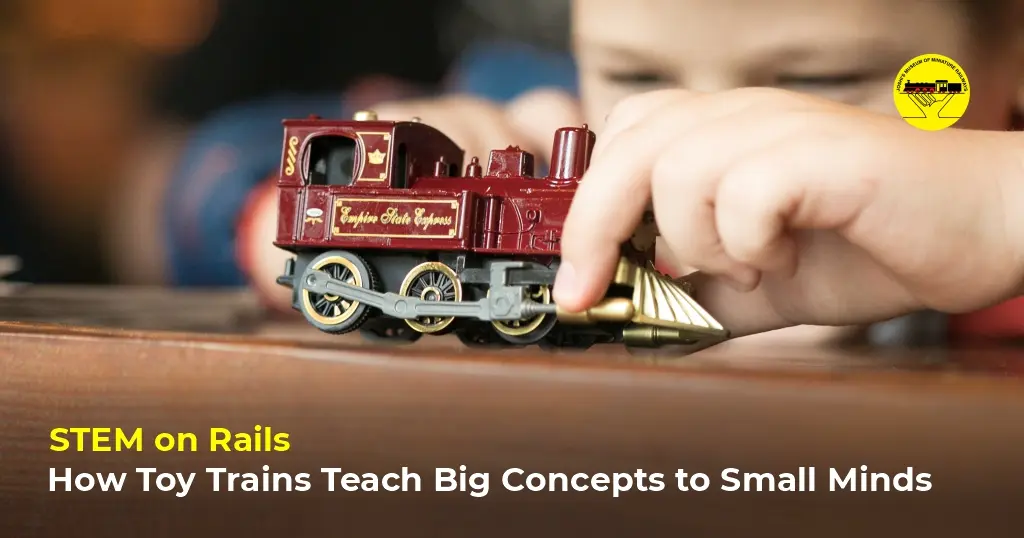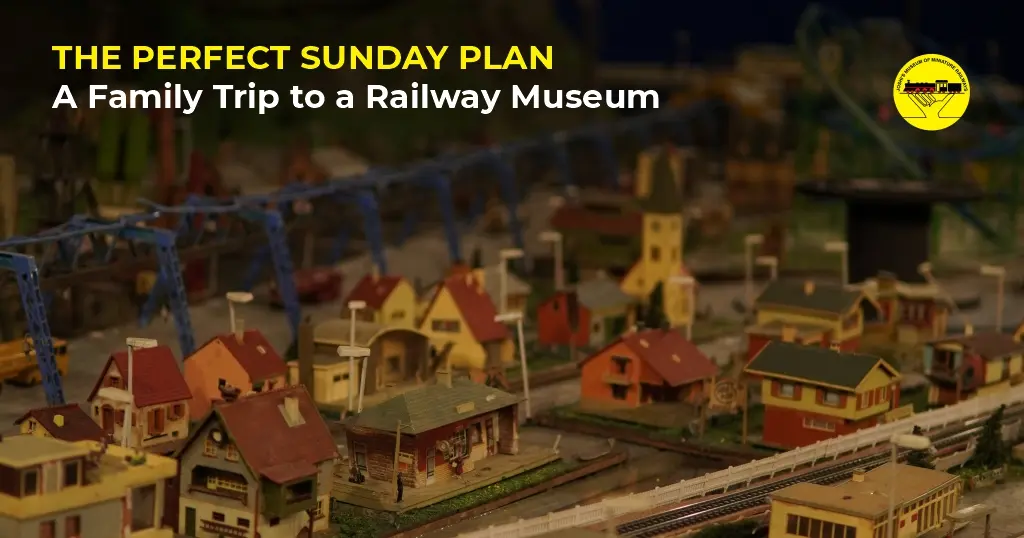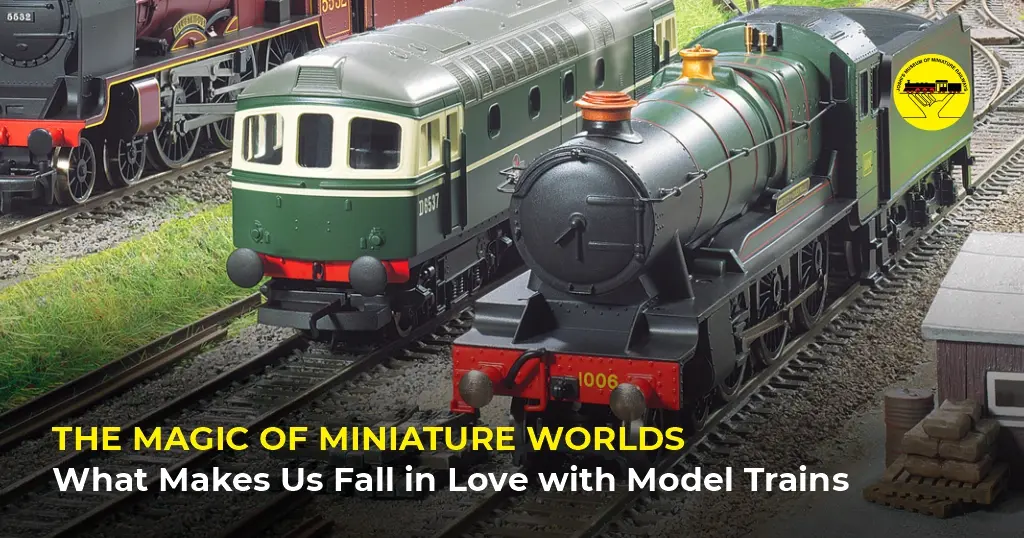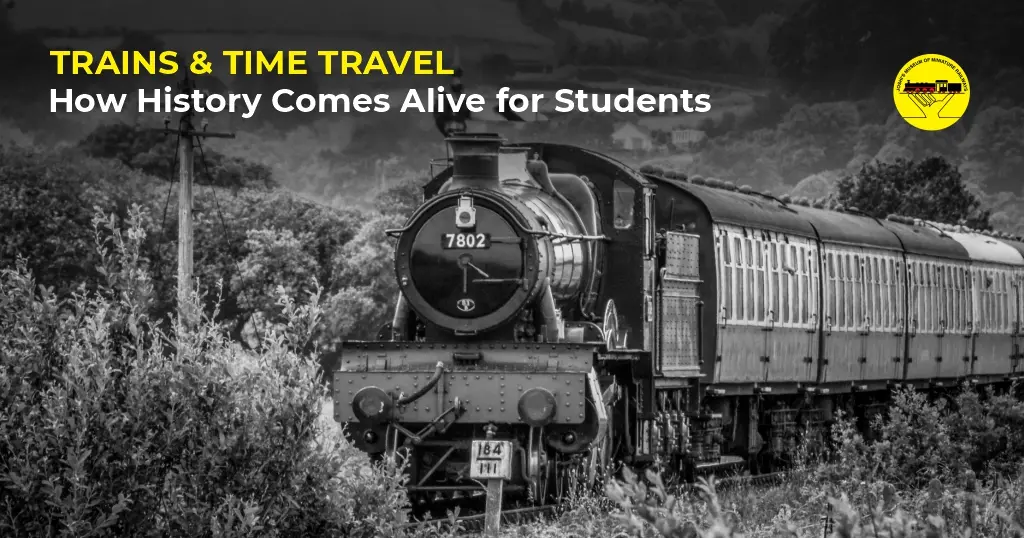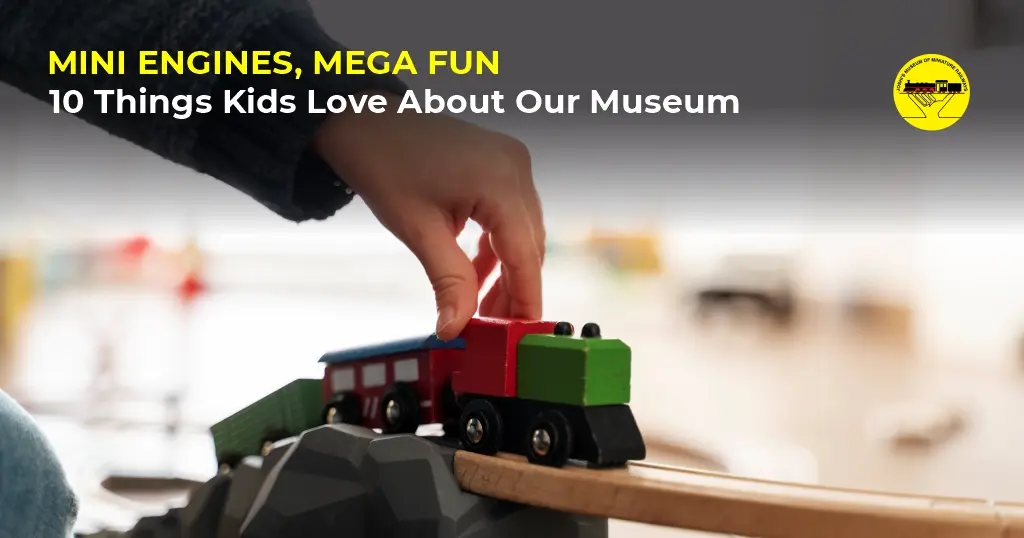Museums are no longer quiet, dusty relics of the past—they’ve transformed into immersive playgrounds of experience, stories, and shared discovery.
From global centers like teamLab Borderless to local gems like Joshi’s Museum of Miniature Railways in Pune, the modern museum is reshaping how we learn, connect, and marvel.
In this digital era, museum attendance and impact increasingly hinge on engagement, narrative, play, and shareability. Let’s explore what makes museums like Joshi’s cool again, backed by modern research and real-world stats.
Museums: From Passive Displays to Participation
Why the modern museum is thriving: Visitors want more than objects behind glass—they crave multisensory experiences. Studies show interactive exhibits dramatically boost engagement. For example, at the Cleveland Museum of Art’s ArtLens Gallery, visitor focus increased from 2–3 seconds to 15 seconds on average, while 74% said it encouraged them to look more closely at art—and 76% said it enhanced their overall museum experience.
At JMMR, the spectacle of running trains, blinking signals, and miniature buildings brings models to life, naturally drawing attention and creating lasting impressions—no screens or audio tours required.
Curation That Speaks—Literally
Modern curators are storytellers, not keepers of artifacts. They craft exhibits that connect emotionally, culturally, and experientially. Joshi’s does this brilliantly:
- The story of founder Shrinivas “Bhau” Joshi—his lifelong passion manifested in 1:87 scale—is woven into every miniature.
- The exhibit blends nostalgia (steam engines, station platforms) with modern design, inviting families to explore narratives layered across generations.
This aligns with findings in museology: immersive narrative curation fosters meaning-making, enabling visitors to access multiple levels of engagement at once.
Culture, Curiosity & Identity
Museums are mirrors of identity—schools of culture where shared stories reinforce belonging. Research in cultural studies emphasizes that museums shape our cultural literacy, empathy, and sense of place.
At Joshi’s:
- Trains—from steam to electric—serve as symbols of India’s heritage and modernization, reflecting social transitions.
- Multi-generational visitors share, remember, and bond—bridging generational divides.
- Pune schools frequently send students, reinforcing the museum’s role in local cultural education and shared memory.
Play Makes Museums Pop
Interactive and playful exhibits boost learning. Museums featuring playful components—like those in Joshi’s—help families relax, engage, and remember.
At Joshi’s:
- The coordinated train show creates “wow” moments that feel playful—kids point, adults smile, families laugh together.
- It’s a deliberate reprieve from screen-driven entertainment, offering tactile, collective wonder.
This matches the trend: museums that feel like play spaces are increasingly favored in research and by audiences alike.
Community Anchors & Social Spaces
The museum of today is a community hub—an anchor that brings people together, offline and online.
Joshi’s draws:
- Families and school groups,
- Railway hobbyists,
- Tourists curious about Indian craftsmanship,
- Local Pune residents revealing their city’s creative legacy.
It functions as a communal storytelling space—literally miniature, yet expansive in cultural value.
Social Media: Shareable Moments, Real Impact
Museums that offer “Instagrammable” scenes gain visibility—and attendance. At the Smithsonian’s Renwick Gallery, creator of the “Wonder” exhibit, social media buzz brought more visitors in six weeks than the gallery saw in an entire year. (WIRED)
Globally, museum activity on Twitter grew 107% between 2013 and 2015 in follower count, with an average yearly increase of 43.9%—highlighting social media’s power to amplify reach. (MW2016)
Joshi’s miniature city, with its glowing train routes and bustling scenes, is inherently shareable. Every social media post becomes a digital invitation and memory—and that visibility feeds curiosity, word-of-mouth, and footfall.
Battling Museum Fatigue with Focused Design
A known challenge: museum fatigue—visitors can lose interest after 20–30 minutes. (Wikipedia)
Joshi’s design counters this with:
- A compact, single-room setup that keeps attention from start to finish.
- A tightly timed show—typically 25–30 minutes—ideal for focused, memorable engagement.
- Natural variation and surprises prevent overstimulation while sustaining curiosity.
This deliberate pacing aligns perfectly with fatigue research: shorter, dynamic exhibits are more impactful than sprawling galleries.
Stats That Prove the Model Works
| Metric | Insight |
| Visitor engagement | At Cleveland Museum, interaction rose from 3s to 15s via interactive tech (Wikipedia) |
| Social media impact | Renwick’s immersive exhibit brought more annual visits in 6 weeks via Instagram buzz (WIRED) |
| Twitter growth | Museums’ follower counts increased ~107% (2013–2015), indicating rising shareability (MW2016) |
| Fatigue window | Visitors lose interest after ~20–30 minutes—Joshi’s 25–30-minute show helps maintain focus, |
Final Stop: Why Joshi’s Museum Feels So ‘Cool’
Joshi’s Museum of Miniature Railways isn’t just a local attraction—it’s a case study in how modern museum theory comes alive in practice.
- It’s immersive: multisensory, dynamic, and delightfully active.
- It’s curated: each element tells personal, technical, and cultural stories.
- It’s playful: evokes joy and wonder across generations.
- It’s community-rooted: Pune’s creative heritage anchored in miniature.
- It’s shareable: perfect for social media storytelling—and its offline impact grows with online visibility.
- It’s fatigue-smart: compact and engaging, it respects attention spans.
This isn’t just a museum—it’s the Curiosity Express, ready to derail expectations and recharge curiosity.

